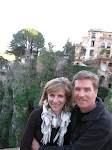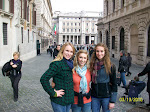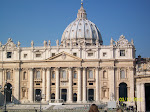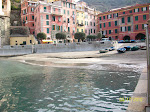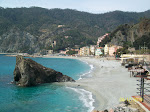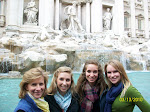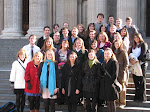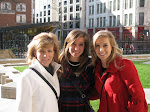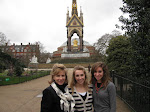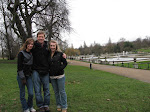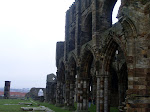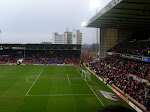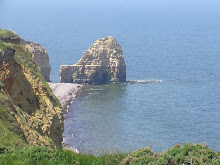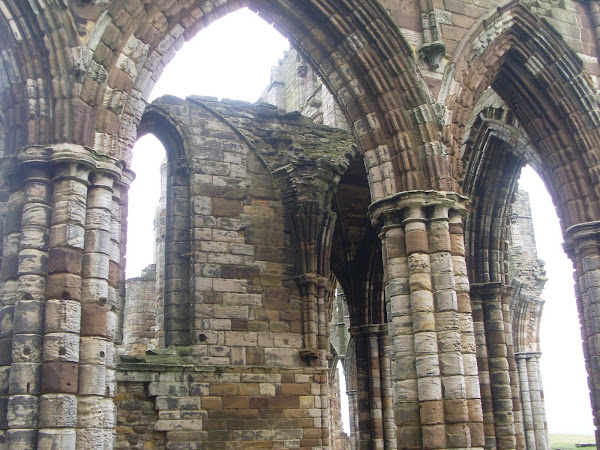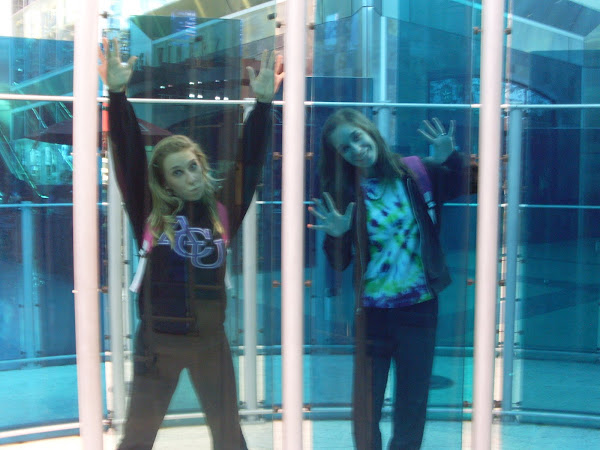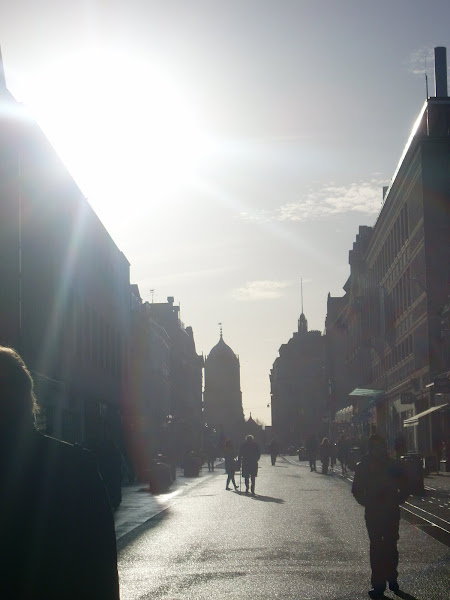
On Friday, March 5, 2010, the whole Oxford group left Oxford on a coach and drove to London. We stopped to view St. Paul's Cathedral, built in the 1600s. It was beautiful and ornate. Once inside, I noticed how different it was from Westminster Abbey. It appeared majestic and clean - a perfect place for a big wedding. (Charles and Diana) The Westminister Abbey dates back to 1066 and houses many remains and memorials to kings, queens, poets, and wealthy aristocrats. After the Cathedral, we headed over to Lloyds of London where David Bruton (his son attends ACU) set up a three hour information session for all of us. It was interesting to listen to an explanation of the UK's banking system and realize that the US has many banks whereas the UK has only a few. We had an opportunity to be a part of their trading floor where they receive calls and bids, to listen to how they assess the credit risk of loans, and to understand the impact of the recent economy on their banking philosophy.
My favorite part of the day was visiting Parliament. The history behind their two party system was quite interesting and our tour guide was quite animated. Parliament meets on a piece of property that was a working palace for 900 years. A fire destroyed many London buildings in the 1800s so parliament's reconstructed buildings are not as old as its neighbor, the Westminster Abbey. The parliament is actually a palace that has been turned into the home of the UK government. Henry VIII moved out of the palace and into Hampton Court. Consequently, the lords meet in what used to be the chapel and it is so very beautiful. Where the altar of the chapel used to be, they now have a seat for the head of the Lords. It is all gold leaf and rich, dark wood. For the house of commoners, the room is quite plain with long rows of green seats. The queen may not enter the houses even though she opens parliament each year. Dating back to the time of Charles I when he forced his way into the house and demanded several officials who were opposed to his ways, the parliament does not allow the queen into the chambers displaying the separation of powers. Along with the beautiful building, this palace's artwork displays images of the monarchs and the prime ministers throughout history.
For those planning on traveling to the UK in the near future, please make reservations ahead of time for this free tour. It is well worth your time.
My favorite part of the day was visiting Parliament. The history behind their two party system was quite interesting and our tour guide was quite animated. Parliament meets on a piece of property that was a working palace for 900 years. A fire destroyed many London buildings in the 1800s so parliament's reconstructed buildings are not as old as its neighbor, the Westminster Abbey. The parliament is actually a palace that has been turned into the home of the UK government. Henry VIII moved out of the palace and into Hampton Court. Consequently, the lords meet in what used to be the chapel and it is so very beautiful. Where the altar of the chapel used to be, they now have a seat for the head of the Lords. It is all gold leaf and rich, dark wood. For the house of commoners, the room is quite plain with long rows of green seats. The queen may not enter the houses even though she opens parliament each year. Dating back to the time of Charles I when he forced his way into the house and demanded several officials who were opposed to his ways, the parliament does not allow the queen into the chambers displaying the separation of powers. Along with the beautiful building, this palace's artwork displays images of the monarchs and the prime ministers throughout history.
For those planning on traveling to the UK in the near future, please make reservations ahead of time for this free tour. It is well worth your time.











